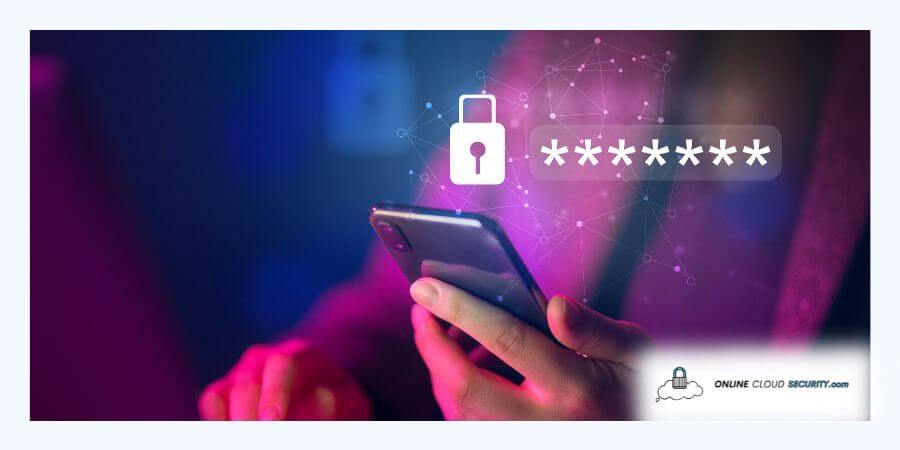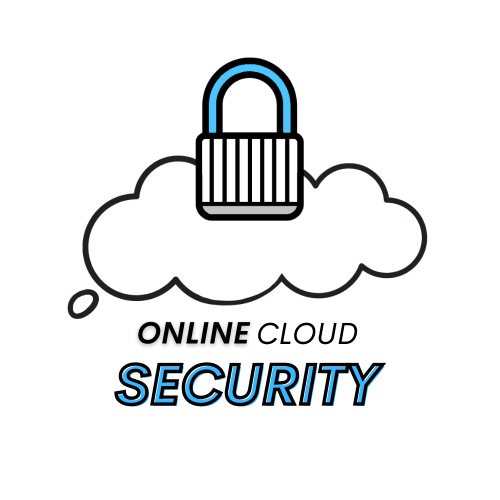
Dave Miller – Tech Enthusiast & Security Expert – January 16th, 2023

You may have been aware that the United States Department of Homeland Security’s Cybersecurity and Infrastructure Security Agency is in charge of enhancing cybersecurity and infrastructure protection, but did you know what is AIS in cyber security?
Physical and cyber dangers and hazards can cause a wide range of problems to the infrastructure that supports cyberspace. The CISA also plays a crucial role in cyber security, and it was there that the AIS, our topic for today, got first developed.
Every aspect of American life, including the economics and defense of the nation, depends on cyberspace. Additionally, maintaining cyberspace’s security is crucial for preserving American national security and advancing the wealth of the American people. Despite all this, CISA serves as the focal point for the federal government’s defensive operational coordination and information exchange on cyber defense. So, whether you are a cybersecurity enthusiast or someone who plans to pursue cybersecurity as a vocation, I will discuss the CISA’s program pertaining to AIS.
Keep reading the article to learn more about AIS, its functions, and how one may participate in AIS.
The federal cybersecurity team, led by CISA, is responsible for safeguarding and defending the USA cyberspace. In close cooperation with the Office of Management and Budget, which is in charge of federal cyber security in general, it also covers the defense of nationwide civilian government networks. In other words, it collaborates with partners to protect against risks of the present while also working with industry to develop future-proof and safe infrastructure.
Another CISA program that permits the real-time sharing of machine-readable threat intelligence indicators and defensive actions is called Automated Indicator Sharing (AIS). The goal of this program is to safeguard AIS community members and ultimately lessen the frequency of intrusions.
As part of CISA’s objective to collaborate with its public and commercial sector partners to detect and assist in mitigating cyber risks and secure and monitor their networks against known threats in real-time, this program get luckily provided to participants at no cost. To safeguard one another, members in the AIS ecosystem communicate cyber threat indicators and protective measures. The more information is shared, the more everyone is informed, and the more damage gets prevented. Now that you know what is AIS in cyber security, let’s get into more depth about how AIS functions.

It would be best if you first comprehended how AIS gets produced to understand how this AIS collaborates with many stakeholders to improve the cyber security of the motherland. As I’ve already mentioned, machine-to-machine communication, or AIS, depends on some open standard to function. It employs an open standard called Structured Threat Information Expression for information on cyber threat indicators and defensive measures. It is a standardized XML language of programming or structured language for representing cyber threat information so that it can be shared, stored, and evaluated.
In addition, the Trusted Automated Exchange of Indicator Information (TAXIITM) protocol get utilized to transmit CTI via HTTPS. Through the definition of an API that adheres to standard sharing standards, TAXII enables businesses to exchange CTI. With the standards mentioned earlier, parties can communicate with one another on threat activity context, including strategies, approaches, and vulnerabilities.
It makes Threat intelligence shared at valuable machine speed for defense, but it is nearly hard to transform the knowledge into actions when the context for the data is lost. Therefore, by providing the community with a common notion of confidence regarding whether or not something is actively evil.
Here, CISA protects organizational privacy. Thus, AIS anonymizes contributions by default before transferring them to ensure that the submitter’s identity gets not disclosed without the submitter’s prior affirmative agreement. They are unrestricted in their ability to promptly share classified cyber threat indicators (CTIs) and preventative actions (DMs). CISA has taken significant steps to ensure that the proper civil liberties safeguards get ultimately included in AIS in response to additional privacy concerns. They have produced a privacy impact study of AIS.
Due to this, AIS has procedures in place to guarantee that all information relating to a cyber danger is erased, including automated assessments and technological mitigations, and that only data required to handle a cyber threat get kept.
Organizations get given liability protection for sharing via AIS. The American Information Sharing System provides liability protection for non-federal companies who share information with other federal agencies and information sharing and analysis centers. While some provisions of the Cybersecurity Information Exchanging Act do apply, federal agencies are not immune from accountability when sharing information.
Note: When sharing gets done in line with all CISA 2015 standards, all cyber threat indications and protective measures reported via AIS by non-federal businesses get enhanced safeguards.
The more people who use the AIS, the more information is accessible in the application for you to use and prevent hazards. It is the location where the CISA actively shares CTIs/DMs through AIS with the federal government. To receive and exchange these cyber threat indicators (CTIs) and defensive measures, more firms must continue to sign up (DMs). Therefore, you must remember the procedures below to participate in this program.
Step #1: You or your business should contact CISA at cyberservices@cisa.dhs.gov for engagement-related information. You can send an email to taxiiadmins@us-cert.gov if you need technical support when onboarding.
Step #2: After that, you must accept the Multilateral Information Sharing Agreement for federal organizations or the short Terms of Use for non-federal organizations. Additionally, the agreement’s implementation makes it easier for all categorization domains to exchange better cyber situational knowledge.
Step #3: As previously said, to share the CTIs/DMs, you must use the open-source standards STIX/TAXII capabilities. As a result, DHS, individuals in the community, or even a commercial solution will help you achieve STIX/TAXII competence.
Step #4: Finally, a DHS-approved vendor will provide you with a PKI certificate from a Federal Bridge Certificate Authority. It comprises several public key infrastructure parts that enable peer-to-peer communication between Agency Principal Certification Authorities. If you don’t already have one, you might need to get one here.
Once all the processes mentioned above get completed, contact CISA at cyberservices@cisa.dhs.gov to begin by signing an Interconnection Agreement delivered to your IP address.
AIS is an essential program, and CISA plans to provide more AIS capabilities in the future to let users choose the most valuable indications for use in operations. CISA will continue to make improvements as it collects participant input to make AIS as beneficial and pertinent to the community as feasible.
However, according to several reports, CISA’s information-sharing program for cyber threats wasn’t always effective. It failed to give participants in the program enough cyber threat indicators regularly and wasn’t always giving them the knowledge they needed to mitigate dangers. The research also said that other flaws in the quality of threat information provided across AIS participants might limit the federal government’s capacity to recognize and counter possible cyber threats and vulnerabilities.
However, CISA stated that it was increasing its contractual resources to support information-sharing programs better and was planning to finish by January 31, 2023.
**Onlinecloudsecurity.com is a participant in the Amazon Services LLC Associates Program, an affiliate advertising program designed to provide a way for websites to earn advertising revenues by advertising and linking to Amazon.com and affiliated sites. As an Amazon Associate we earn affiliate commissions from qualifying purchases.**

Dave Miller is an IT Consultant for Online Cloud Security and has over 7 years of experience in the Information Technology space. He also specializes in repairing laptops & computers. In his spare time, he loves to talk about new technologies and hosts monthly IT and Cyber Security meetings in the Houston area.
Click any button down below to share this article on the following channels:

Online Cloud Security is here to recommend you the most secure devices, from laptops to smartphones, we only want to provide you with products that we have tested and used ourselves for online security. Every product that we recommend is heavily inspected and tested for security against hackers, viruses, malware, and any other intruders that may want to steal your information.

Online Cloud Security is here to recommend you the most secure devices, from laptops to smartphones, we only want to provide you with products that we have tested and used ourselves for online security. Every product that we recommend is heavily inspected and tested for security against hackers, viruses, malware, and any other intruders that may want to steal your information.
Your Trusted Source for Online Security